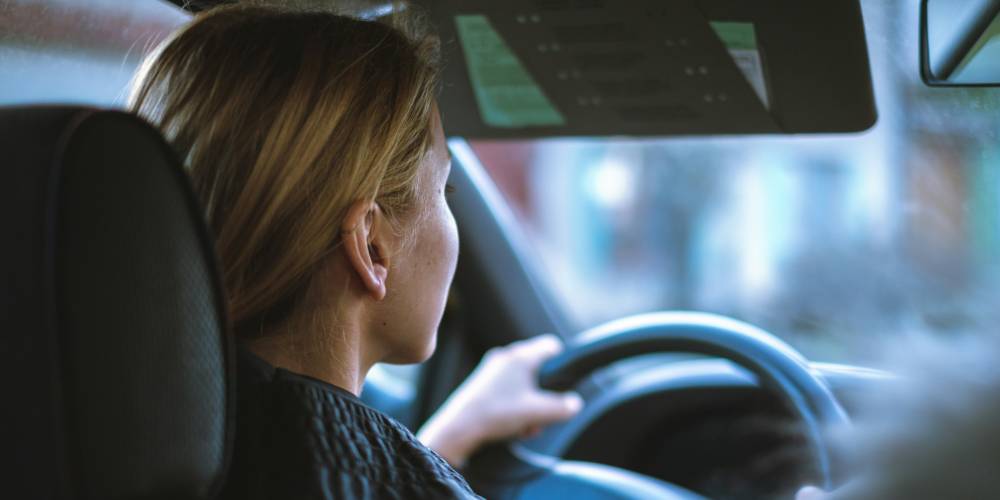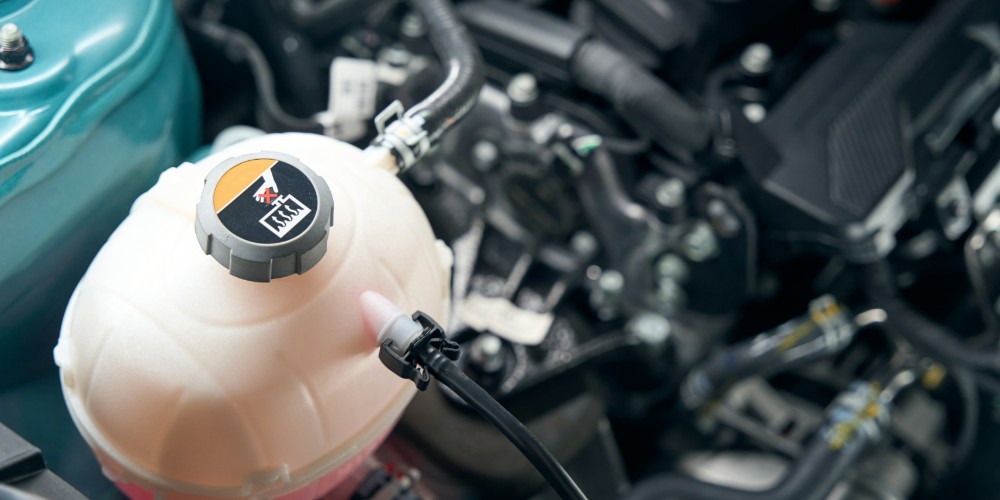Black box technology is revolutionising how we think about driving and borrowing. But what exactly is a black box, and why is it becoming increasingly popular in car finance deals? In this blog, we’ll dive deep into the nuts and bolts of black box car finance, shedding light on the data it collects and how this information is used to shape your driving experience and financial options.
What is black box car finance?
Black box car finance is an approach to lending and insuring drivers based on real driving data rather than traditional methods. This innovative finance model uses a device installed in your car (the black box) to monitor driving behaviours, providing a detailed picture of how, when, and where you drive.
Understanding the black box
This nifty device, no larger than a deck of cards, is discreetly installed in your vehicle, usually under the dashboard. It’s designed to capture a wealth of data about your driving habits, transmitting this information back to your insurer or finance company. The installation is quick, and once in place, it starts gathering data without any input required from you.
🚗 Read more: How does black box car finance work?
Data collected by the black box
This data is invaluable, not only for insurers and finance companies to assess risk and tailor products but also for drivers to understand and improve their driving behaviour. Let’s dive deeper into the types of data collected and the nuances behind each.

Speed
The black box meticulously records your vehicle’s speed, offering a granular view of how fast you’re travelling at any given moment. This isn’t just about catching moments of high speed; it’s about understanding the context of your driving. Are you consistently driving at safe speeds, or are there patterns of speeding that could indicate risky behaviour? This data helps insurers and finance companies gauge your driving style’s safety level, potentially affecting your insurance premiums and finance terms.
Location
Through GPS technology, the black box tracks not only your vehicle’s location but also the routes you take. This data can reveal a lot about your driving habits. Do you frequently travel in high-risk areas or during busy traffic times? Or perhaps you prefer quieter, less congested routes. This information can be used to assess the likelihood of an accident or theft, further influencing your finance and insurance conditions.
Acceleration and braking
How you accelerate and brake tells a story about your driving behaviour. Sudden, frequent acceleration and hard braking can be indicators of aggressive or inattentive driving, which is considered higher risk. The black box captures these nuances, providing a detailed picture of how safely you’re operating the vehicle. This data can encourage drivers to adopt smoother, safer driving habits, potentially leading to benefits such as lower insurance rates.
Mileage
The total distance you travel is another critical piece of data. High mileage can indicate extensive use of the vehicle, which might increase the wear and tear and the likelihood of an accident. Conversely, lower mileage could suggest a lower risk profile. Finance companies and insurers use this data to adjust your profile and offerings accordingly, making sure that your usage aligns with your finance or insurance plan.
Time of day
The time of day you choose to drive can significantly affect your risk profile. Driving late at night or during early morning hours, for example, might carry a higher risk due to reduced visibility or increased likelihood of encountering impaired drivers. The black box records this information, allowing a more nuanced understanding of when and how you’re most at risk on the road.
Cornering
Even how you take corners is of interest. Gentle, controlled cornering is seen as indicative of a cautious and aware driver, while sharp, fast turns might suggest a more reckless approach. This aspect of driving behaviour, captured by the black box, adds another layer to the profile being built around your driving habits, further informing the terms of your insurance and finance.
How the data is used

The collected data serves multiple purposes, from tailoring your finance options to encouraging safer driving habits:
Risk assessment
One of the primary uses of black box data is in the nuanced assessment of driving risk. Insurance companies delve into the specifics of your driving habits to calculate premiums that reflect your actual risk on the road. This means that safe, conscientious drivers can benefit from lower premiums, as their driving data provides tangible evidence of their low-risk behaviour. Similarly, finance companies can use this data to adjust loan terms, offering better rates or terms to those who demonstrate safer driving patterns.
Financial decisions
In car finance, the decision to approve a loan and the terms offered often hinge on traditional financial indicators like credit scores. However, black box data introduces a new dimension, allowing lenders to consider how the car will be used. For instance, a driver who predominantly uses their vehicle for off-peak, low-risk journeys might be viewed as a lower risk, potentially affecting the interest rates or down payment required. This data-driven approach enables more personalised finance options, tailored to the individual’s driving behaviour as well as their financial history.
Safety and maintenance
Black box data isn’t just about monitoring; it’s also about improving. By analysing driving habits, finance and insurance companies can offer targeted advice to drivers, encouraging safer driving practices. Furthermore, some systems are capable of detecting signs of vehicle wear or mechanical issues early on, enabling proactive maintenance that can prevent accidents and extend the vehicle’s lifespan. This not only enhances safety but can also reduce long-term maintenance costs, benefiting both the driver and the lender.
Accident and theft recovery

The GPS functionality of the black box plays a crucial role in the event of an accident or theft. In accidents, the detailed data recorded can help in reconstructing the event, aiding in the swift processing of claims and determining fault. In cases of theft, the ability to track the vehicle’s location in real-time can lead to quicker recovery, potentially saving both the owner and the insurance company significant costs and hassle.
Compliance
For car finance agreements that incorporate black box technology, compliance with agreed-upon terms is key. The data collected ensures that drivers adhere to the conditions of their contract, such as mileage limits or specific driving behaviours. This not only protects the financial investment of the lender but also helps in maintaining the vehicle’s value and ensuring that insurance coverage is based on accurate, up-to-date information.
Enhancing customer relationships
Beyond the practical applications, the use of black box data can enhance the relationship between drivers, insurers, and finance companies. By offering premiums and finance terms based on personal driving data, companies move towards a more transparent and trust-based relationship with their customers. Drivers who see the direct benefits of their safe driving habits are likely to feel more positively towards their insurers and lenders, fostering loyalty and encouraging continued safe driving.
The future of black box technology in car finance
The road ahead looks promising for black box technology, with continuous improvements and innovations on the horizon. As autonomous and semi-autonomous vehicles become more commonplace, the role of telematics will evolve, potentially offering even more personalised and flexible finance and insurance solutions. However, this future also necessitates a careful balance between leveraging technology for benefits and safeguarding individual privacy rights.





